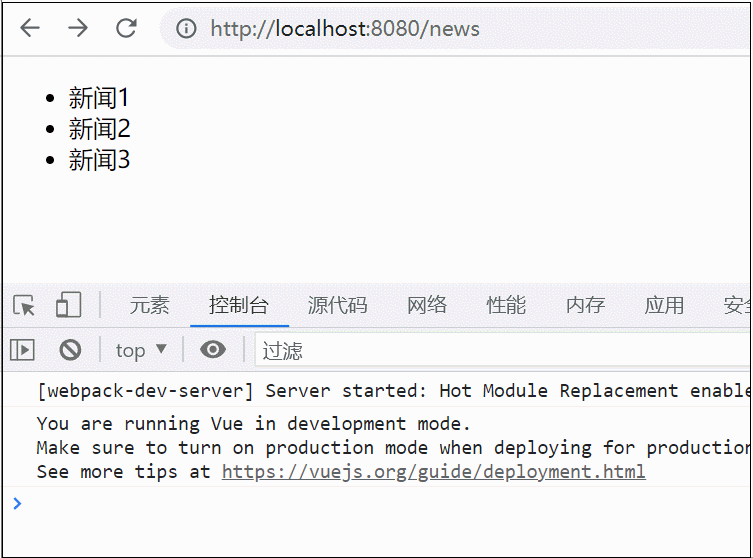一个人的人生注定要遇见两个人,一个人多年令人惊叹,另一个人温柔。学校没有纪律便如磨房里没有水。走自己的路,让别人说去吧!
首先,需要知道的是,每个组件有每个组件自己的作用域。每个组件都是Vue()的实例,有自己的作用域。
比如现在有个组件这样的:
Vue.component('father-component1',{
template:'<div class="father"><p>Hi,我是父组件</p>{{fatherMessage}}</div>',
data:function(){
return {
fatherMessage:'这是父组件发出的消息哦~'
}
},
});
这个data只为template里的模板服务。同样的,子组件的data只为子组件的模板服务。因为他们都是各自作用域内的属性。
在slot分发中,无论是单分发还是具名分发,都是父组件替换子组件的数据,或者没有替换,用子组件默认的数据。两者并不能共存。这样他们就没有数据联系了。
但是通过设置作用域槽,就可以改变这种状况,让子组件可以在父组件进行分发时获取自己的数据,至于是什么数据,由子组件决定,这样就能解耦了。
作用域槽通过slot的一个自定义的属性,官方给出的DEMO是text,但也可以是其他,值为暴露的数据。
这个自定义属性已经存放在子组件的prop对象里了。等待着被父组件获取。
怎么获取呢?
在父组件的模板里,使用一个Vue自带的特殊组件<template> ,并在该组件上使用scope属性,值是一个临时的变量,存着的是由子组件传过来的prop对象,在下面的例子中我把他命名为props。
获得由子传过来的prop对象。这时候,父组件就可以访问子组件在自定义属性上暴露的数据了。
//js
Vue.component('child-component4',{
template:'<ul>' +
'<slot name="child-ul" v-for="item in fruit" v-bind:text="item.name">?</slot>' +
'</ul>',
data:function(){
return {
fruit:[
{name:'苹果'},
{name:'香蕉'},
{name:'橙子'}
]
}
},
});
Vue.component('father-component4',{
template:'<child-component4>' +
'<template scope="props" slot="child-ul">' +
'<li class="child-li" >{{props.text}}</li>' +
'</template>' +
'</child-component4>'
});
var app16 = new Vue({
el:'#app16'
});
<div id="app16">
<father-component4></father-component4>
</div>
以上的的组件组合会被渲染为:
<div id="app16"> <ul> <li class="child-li">苹果</li> <li class="child-li">香蕉</li> <li class="child-li">橙子</li> </ul> </div>
以上就是详解Vue.javascript分发之作用域槽。从你不怕坠落的那一刻开始,天空就离你不远了。更多关于详解Vue.javascript分发之作用域槽请关注haodaima.com其它相关文章!

